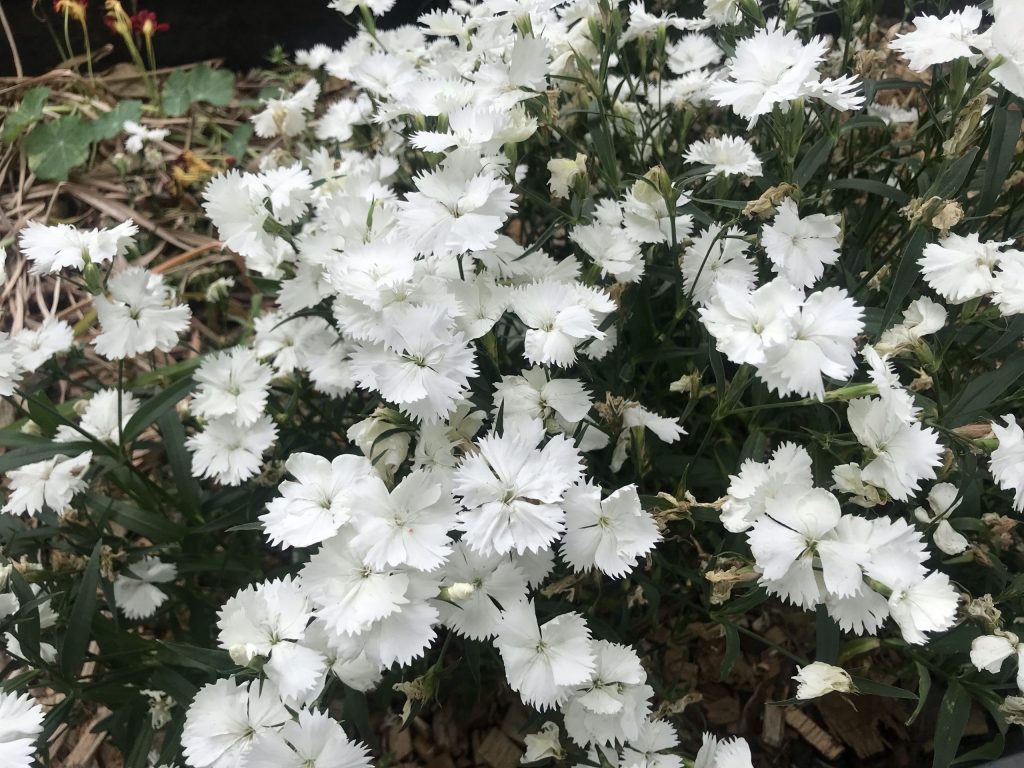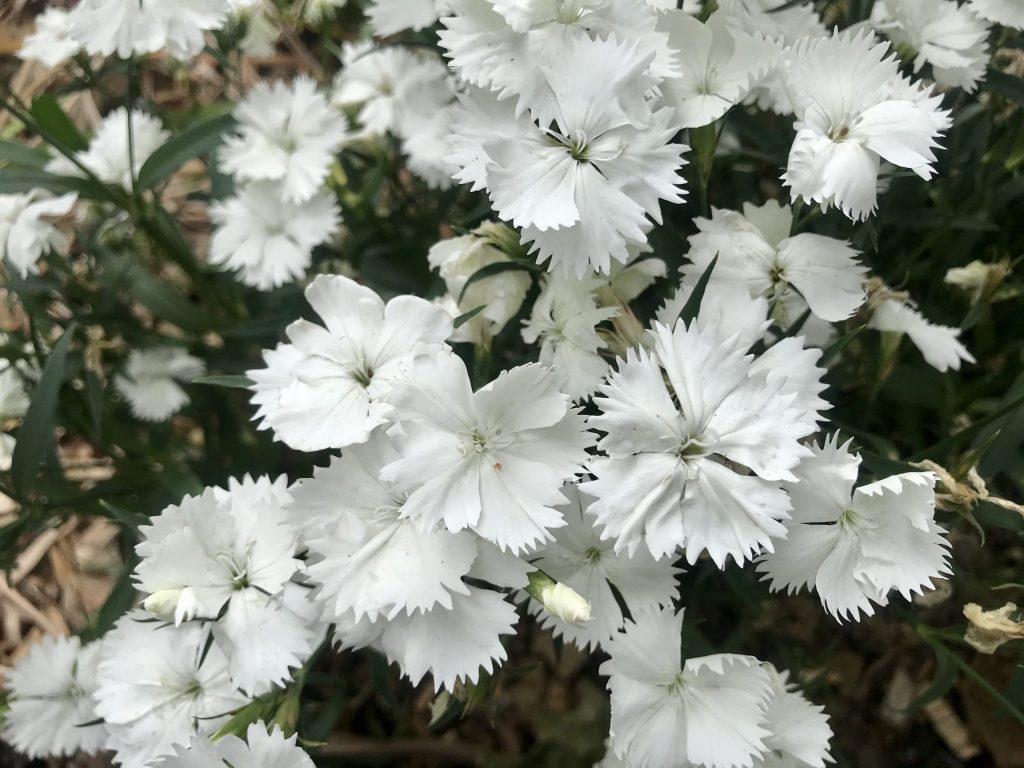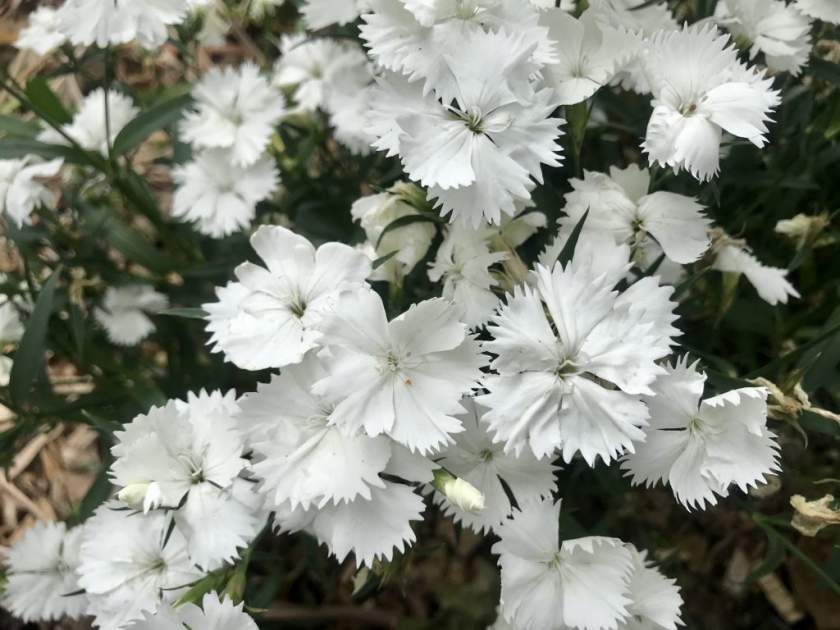Dianthus deltoides: Embracing the Beauty of Maiden Pink
Dianthus deltoides, commonly known as Maiden Pink, is a captivating herbaceous perennial native to Europe and Western Asia. Belonging to the Caryophyllaceae family, this evergreen plant has captured the hearts of garden enthusiasts with its delicate beauty. Let’s explore the various aspects of this charming species.
Origin and Background
The natural habitat of Dianthus deltoides spans Europe and Western Asia. It has also been introduced to many regions of North America. The plant earned its common name, Maiden Pink, due to its dainty appearance and the pink hues that dominate its floral display. However, there is also the ‘White Confetti’ hybrid.
Characteristics and Description
Dianthus deltoides is a herbaceous perennial that reaches a modest height of about 30cm or 12in. It features narrow, bright green foliage that forms a lush mat, providing an attractive backdrop for its captivating flowers. The dense clusters of vibrant flowers blanket the foliage during the summer, creating a breathtaking display of color.
The flowers of Dianthus deltoides are typically pink, although white variations are also common. They exhibit delicate fringed petals, adding an exquisite touch to their overall appearance. These flowers emerge on slender stems, contributing to the plant’s enchanting aesthetic. The blooming season occurs during the summer months, providing a much-needed burst of color to gardens and landscapes.
How to grow Dianthus deltoides:
To cultivate Dianthus deltoides successfully, consider the following guidelines:
Sunlight: Maiden Pink thrives when exposed to abundant sunlight. Ensure it is planted in a location that receives full sun to promote healthy growth and abundant flowering.
Watering: Provide regular moisture to the plant, ensuring the soil remains consistently moist but well-drained. Avoid overwatering, as excessive moisture can lead to root rot and other related issues.
Soil: Dianthus deltoides prefers moist, well-drained soil with a neutral to alkaline pH. Consider adding organic matter to enhance soil fertility and ensure optimal growth conditions.
Pests and Diseases: This resilient plant is generally resistant to major pests and diseases. However, it is always advisable to monitor for any signs of common issues and take appropriate measures if necessary.
Propagation: Dianthus deltoides can be propagated through seed.
Additional Tips:
- Deadhead faded flowers regularly to encourage continuous blooming and maintain a neat appearance.
- After the flowering season, prune the plant lightly to enhance its overall appearance and promote healthy growth for the following year.
- Dianthus deltoides is a low-maintenance plant that requires minimal care once established.
- Take advantage of its appealing floral display by incorporating it into rock gardens, borders, or containers.
By following these cultivation recommendations, you can enjoy the captivating allure of Dianthus deltoides, the Maiden Pink. Its delicate flowers and evergreen foliage add a touch of elegance and beauty to any garden or landscape.


Also, read about Dianthus Barbatus




